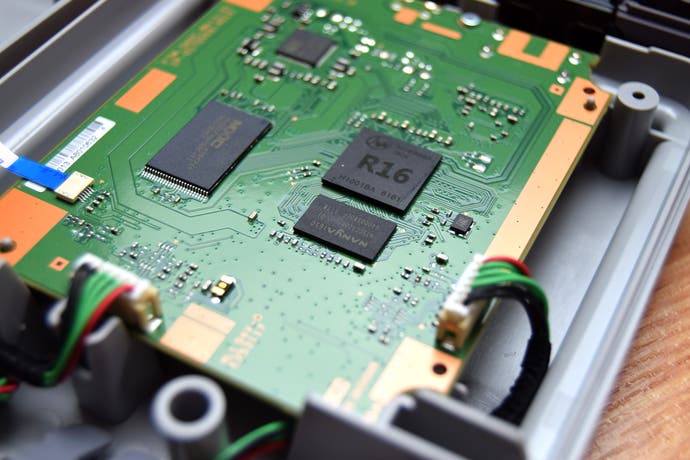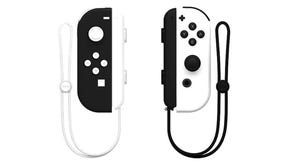SNES mini teardown confirms recycled NES mini tech
The same processor, storage and RAM sit on an almost identical mainboard.
Curious about the hardware Nintendo is using to power the new SNES mini? Well, wonder no more. Nintendo has rather cunningly repurposed the exact same technology used in last year's NES mini. Crack open the cute SNES-styled outer layer and the mainboard within is almost a complete match for last year's model.
Our suspicions that Nintendo had retained the same hardware platform came from several factors: the controller interface is the same, the HDMI and USB placements are identical, the UI is similar, and general system behaviour is also very reminiscent of last year's hardware. On top of that, the SNES Mini's HDMI output tops out at 720p, another match with the older unit. Our theory was confirmed by this tweet from Chiimaero, and today we broke open both pieces of hardware to get a closer look for ourselves.
Confirming that the internal mainboard is the same, the corners - carved out to fit within the NES mini shell - remain the same on the SNES model, even though there is no real need for them to be touched at all. As a result, the new piece of hardware looks slightly less elegant internally. Hardware-wise, we're looking at the same off-the-shelf Allwinner R16 SoC (system on chip), featuring four ARM Cortex A7s paired with an ARM Mali 400 MP2 GPU. Hynix provides the single memory chip - a 256MB DDR3 module - and there's a generous 512MB of NAND storage.


The magic comes from the bespoke Super NES emulation software layer, likely built from the ground up by Nintendo's Paris-based European Research and Development (NERD) team, running on open source OS, Linux. As Digital Foundry recently discussed, the software not only emulates the Super NES itself, but a range of add-on processors specific to select titles, including the Super FX and Super FX2 chips used for Star Fox, its sequel and Yoshi's Island, along with the SA1 CPU upgrade utilised by Super Mario RPG and Kirby Super Star. Even Super Mario Kart used additional hardware - NEC's DSP-1 was present in every cart, faithfully replicated for the mini consoles.
The fact that the SNES mini runs on the same hardware as its predecessor has a number of implications. Among them, we can expect hackers to be looking to exploit the system in short order to add new games - exactly what happened with the NES mini. And secondly, the use of what is essentially the same technology makes it much easier for Nintendo to resume NES mini production. Previously, Nintendo confirmed that a new run of consoles will arrive next summer, while SNES mini console stock will continue to roll out up to Christmas and into 2018. Settling on a common internal hardware design opens up economies of scale for the platform holder.
We've been working on the full DF Retro SNES mini hardware review this week and first impressions are positive, with some significant improvements over certain aspects of its predecessor - specifically in scaling up the original 240p output to 720p HDMI. However, for the final word on the micro-console, look out for the full Digital Foundry review this weekend.









